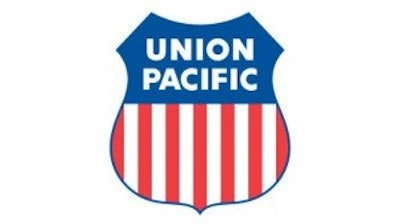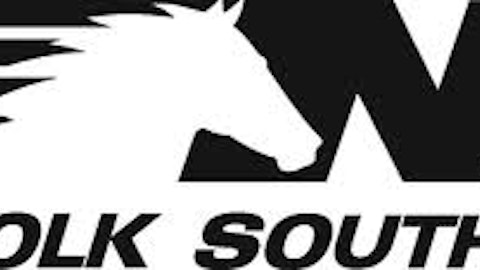
Increased oil production will drive revenue higher
Union Pacific Corporation (NYSE:UNP)’s chemical segment reported $873 million in freight revenue, which represents about 17% of total freight revenue, in the first-quarter of 2013. Crude oil comprises 34% of the company’s chemical carloads, and increased oil production in the U.S. will result in higher crude oil shipments.Oil production in the U.S. was 8.9 million barrels per day (bpd) as of June.
The Bakken and Eagle Ford shale formations in the U.S. are major oil-producing fields. The oil production in the Eagle Ford shale formation was 529,000 bpd in March, an increase of 77%, year-over-year.
The Bakken shale formation also showed an increase of 33%, year-over-year, producing 727,149 bpd in April. About 75% of this oil was shipped through railroads, and only 17% through pipelines. Union Pacific Corporation (NYSE:UNP) has well-connected railroad networks in these oil producing areas. Since there is a lack of oil pipeline network in these regions, the company is poised to benefit from this situation.
It also reported $3,225 in revenue per carload from its chemical segment, and expects its chemical carload to increase to 287,000 units in the second-quarter of 2013, up from 271,000 units in the previous quarter.
Freight railroad companies usually sign long-term contracts with many of their customers, but with the expiration of many of these “legacy” contracts, freight railroad companies are opting to sign short-term contracts at higher prices instead.
In the first-quarter, Union Pacific Corporation (NYSE:UNP) re-priced 80% of its $350 million legacy business that represented 1% to 2% of the company’s total revenue. This is the first time It re-priced its legacy contracts since 2004. The company’s remaining re-pricing opportunity is worth $1 billion and is expected to generate 4% to 5% of total revenue through 2016.
Canadian National Railway (USA) (NYSE:CNI) will increase capital expenditures in the Western Canada region. Extreme cold conditions and heavy snow slowed down operations in this region, resulting in a decline of the company’s first-quarter operating revenue of 2%, year-over-year. The company will increase the capacity in the Edmonton-Winnipeg corridor. This initiative will lead to additional spending of $100 million, leading to $2 billion capital expenditures in 2013.
Under this initiative, a new section of double track will be laid down. Long sidings will be added to increase the capacity and a new route will be added on the Prairie North Line. This will avoid delays due to bad weather in the future. In the last two years, business in this corridor has increased by 20%. The increased capacity and addition of a new route will help Canadian National Railway (USA) (NYSE:CNI) to improve its revenue from the current level of $2.4 billion in the first-quarter of 2013.
The U.S. Census Bureau had already reported that housing starts in May were at a seasonally adjusted annual rate of 914,000. This is around 28.6% above the May 2012 rate of 711,000. This strong demand for new homes in the U.S. is because of the economic recovery and low mortgage rates. The increased construction will drive the demand of lumber in the U.S. This will provide a tailwind for Canadian National Railway (USA) (NYSE:CNI), as it is one of the largest carriers of forest products in North America.
China is the second-largest importer of Canadian lumber. In 2012, China accounted for 32% of British Columbia’s lumber exports. Lumber and panels accounted for 43% of revenue in Canadian National Railway (USA) (NYSE:CNI)’s forest-product segment of in 2012.
It is expected that increased demand for lumber in China and the U.S. will drive the company’s forest-product segment.




